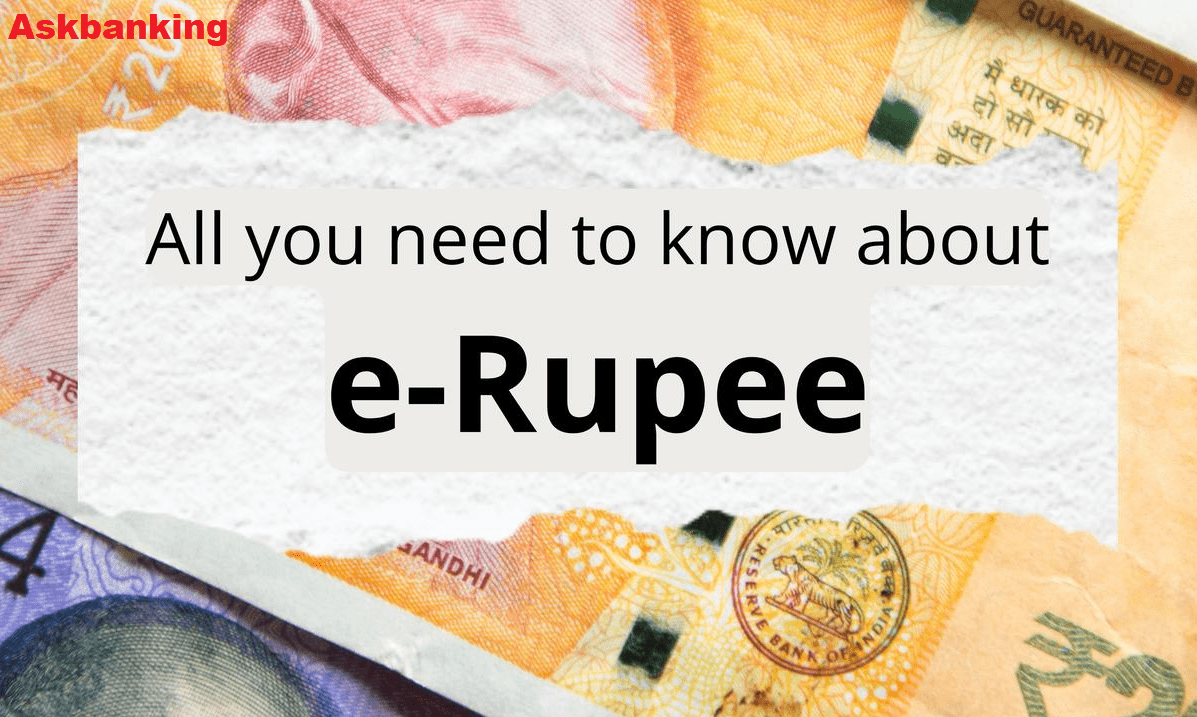RBI Launches Digital e-Rupee, a digital form of Currency which is not like cryptocurrency. RBI is stating it as “watershed moment in the evolution of currency” as it transforms money from the physical mode to completely digital. Just checkout, how will this new e-Rupee will work and how is it different from cryptocurrency?
It is very important to know that the introduction of e-Rupee will not dismantle the paper currency that we traditionally transact with. The digital currency will only be a different form of the physical currency and will be used through apps on mobile phone or through internet. It can be stored in the digital form also like eWallets.
RBI has selected few banks for the pilot launching of Digital currency from 1st Dec, they are State Bank of India, Bank of Baroda, Union Bank of India, HDFC Bank, ICICI Bank, Kotak Mahindra Bank, Yes Bank, IDFC First Bank, and HSBC.
Also Read – Top Reasons – Why Bitcoin is a Risky Investment ?
How Can We use e-Rupee through UPI ?
- Holder of Digital Rupee will be able to transact with e₹-R through a digital wallet offered by the participating banks and stored on mobile phones / devices.
- Transactions can be both Person to Person (P2P) and Person to Merchant (P2M).
- Payments to merchants can be made using BHIM QR codes displayed at merchant locations.
- The e₹-R will not earn any interest and can be converted to other forms of money, like deposits with banks
What is e-Rupee or Digital Rupee (e₹) ?
- It is a digital form of currency. It will hold the same value and exchangeable at par with paper currency. It “shall be accepted as a medium of payment, legal tender, and a safe store of value.
- The digital currency or CBDC would appear as a liability on a RBI’s balance sheet.
- It is made clear that introduction of e-Rupee will not dismantle the paper currency that we traditionally transact with.
- The digital currency will only be a different form of the physical currency.
- Digital e-Rupee will be ‘token-based’ or ‘account-based’ currency.
- Whoever bears the token will be presumed to be owner of the Digital Rupee (e₹) in the token system, while in the account-based system, an intermediary would need to maintain a record of balances and transactions of all holders of the CBDC.
- A token-based system may be adopted for retail transactions since its closest to the cash-based system we are familiar with, while account-based system could be used for wholesale transactions (for which there will be a separate currency called CBDC-W and CBDC-R for retails transactions).
Difference between e-Rupee and crypto currency?
- Digital Rupee (e₹) is legal tender and is backed by the RBI where as cryptocurrencies is not widely accepted by majority of the countries.
- It is fiat currency which means that one e-Rupee can be exchanged for one Rupee in physical currency. It will not suffer volatility like cryptocurrencies do.
- Cryptocurrencies have no intrinsic value (like traditional currency or e-Rupee).

